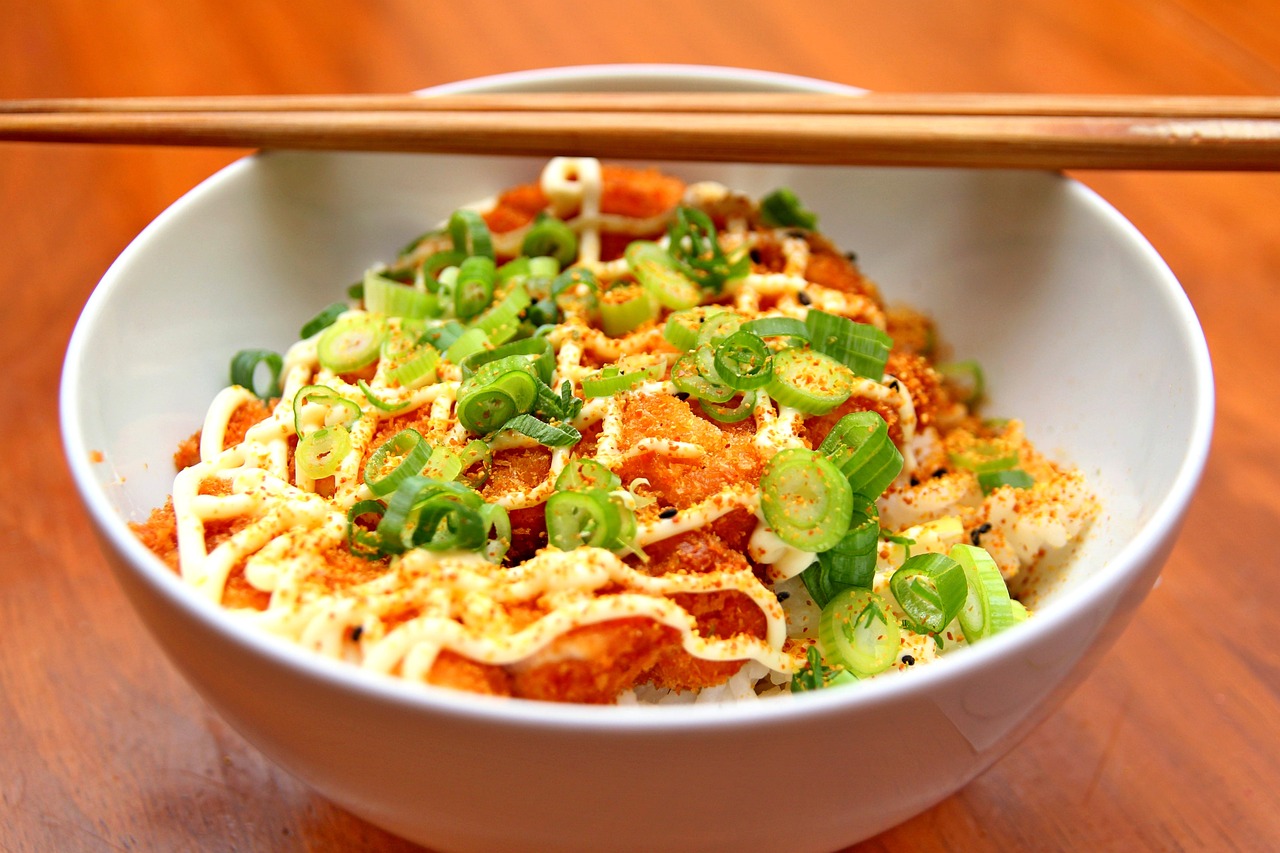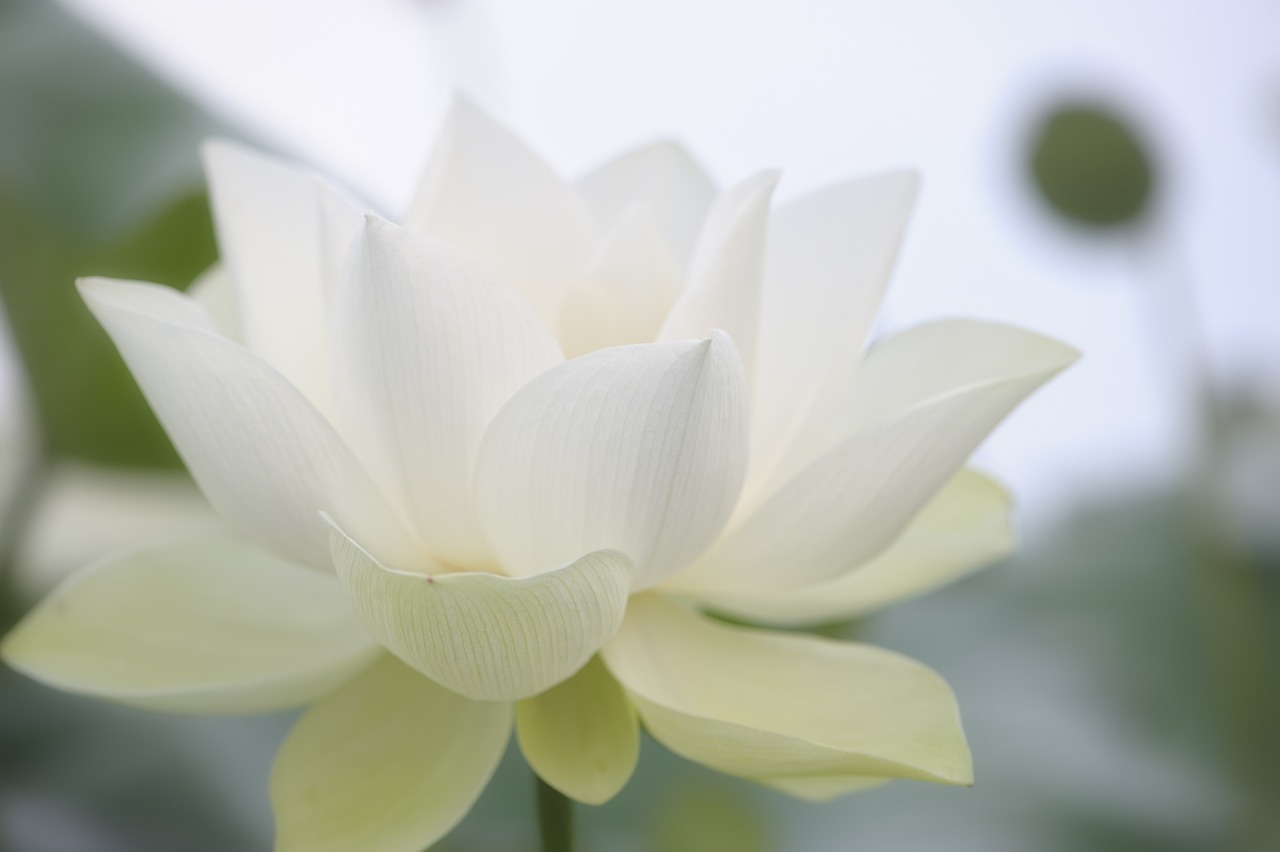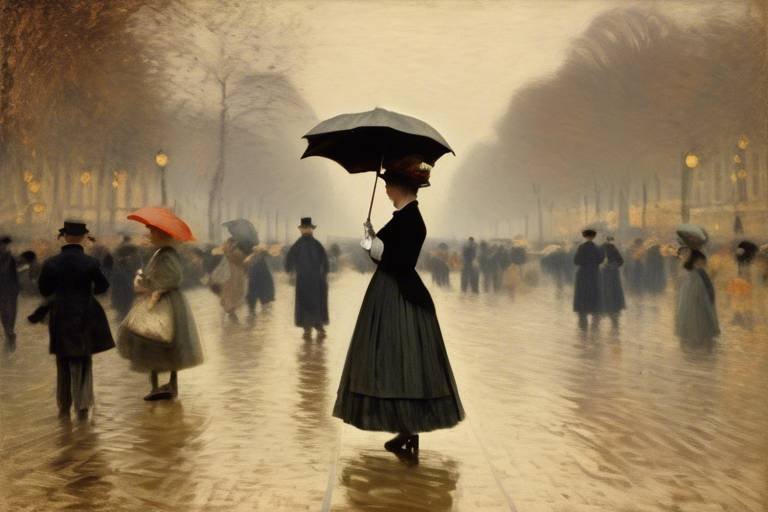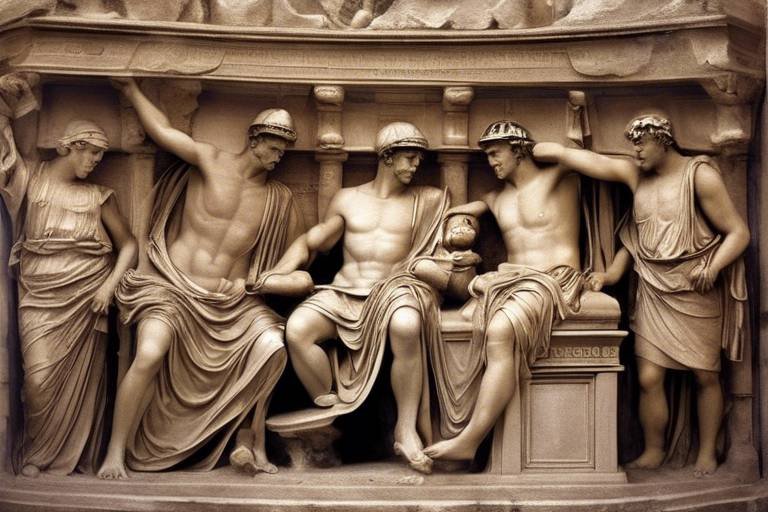The Significance of Color in Traditional Chinese Art
Traditional Chinese art is a vibrant tapestry of culture, history, and symbolism, where colors play a pivotal role in conveying deep meanings and emotions. Each hue carries its own significance, reflecting the values, beliefs, and traditions of Chinese society. Let's delve into the rich world of colors in traditional Chinese art and explore how they shape artistic expressions.

Red: Symbol of Good Fortune
Exploring the cultural importance and symbolic meanings of colors in traditional Chinese art, highlighting how different hues convey emotions, values, and beliefs in artistic expressions.
In traditional Chinese art, the color red holds significant symbolism, representing good fortune, happiness, and prosperity. It is a vibrant hue that is commonly used in paintings, calligraphy, and other art forms to bring positive energy and ward off evil spirits. The color red is deeply rooted in Chinese culture, symbolizing joy, celebration, and auspiciousness. It is often associated with festivals, weddings, and other festive occasions, where its presence is believed to bring luck and blessings.
Moreover, red is also linked to the concept of vitality and life force, embodying the essence of energy and passion. It is a color that commands attention and exudes a sense of power and strength. In traditional Chinese art, the use of red is not merely decorative but carries profound cultural and spiritual significance, evoking feelings of warmth, enthusiasm, and vitality.

Blue: Representing Immortality
Exploring the cultural importance and symbolic meanings of colors in traditional Chinese art, highlighting how different hues convey emotions, values, and beliefs in artistic expressions.
Red symbolizes happiness, good luck, and prosperity in Chinese culture, commonly used in paintings, calligraphy, and other art forms to bring positive energy and ward off evil spirits.
Blue in traditional Chinese art represents immortality and transcendence, often used to depict heavenly realms, gods, and mythical beings, conveying a sense of spirituality and eternity.
Yellow is the color of royalty and power in traditional Chinese art, reserved for emperors and representing wealth, status, and the center of the universe, reflecting the grandeur of the imperial court.
Green symbolizes harmony, balance, and nature in Chinese art, representing growth, renewal, and the cyclical rhythms of life, often featured in landscapes and depictions of the natural world.
Black conveys mystery, depth, and elegance in traditional Chinese art, signifying the unknown, introspection, and the hidden aspects of life, adding a sense of sophistication and drama to artistic compositions.
White symbolizes purity, innocence, and spirituality in Chinese art, often associated with mourning and funerary rituals, as well as representing the divine, enlightenment, and the afterlife.
Gold signifies wealth, prosperity, and abundance in traditional Chinese art, reflecting opulence, success, and good fortune, frequently used in decorative elements, religious artifacts, and ceremonial objects.
Purple is a symbol of royalty, nobility, and dignity in Chinese art, reserved for emperors and high-ranking officials, representing authority, respect, and the connection between heaven and earth.
Q: Are these color meanings specific to traditional Chinese art only?
A: While these color symbolisms are deeply rooted in traditional Chinese art, they can also be found in various aspects of Chinese culture and symbolism.
Q: How do artists in China use these colors in modern art?
A: Contemporary Chinese artists often incorporate these traditional color meanings into their modern artworks, blending heritage with innovation.
Q: Is there a significance to the combination of these colors in Chinese art?
A: The combination of colors in Chinese art is carefully chosen to convey specific messages and evoke certain emotions, creating a harmonious visual narrative.

Yellow: Imperial Majesty
Yellow holds a special place in traditional Chinese art, symbolizing imperial majesty and power. It is a color reserved for emperors, representing wealth, status, and the center of the universe. In Chinese culture, yellow reflects the grandeur of the imperial court and is associated with prosperity and authority. The use of yellow in art conveys a sense of regality and importance, emphasizing the significance of the color in symbolizing imperial majesty.

Green: Harmony and Balance
In traditional Chinese art, the color green holds significant symbolism, representing harmony, balance, and a deep connection to nature. Green is often used to convey the essence of growth, renewal, and the cyclical rhythms of life. It embodies the harmonious relationship between humanity and the natural world, reflecting the Chinese philosophy of living in balance with the environment.
When artists incorporate green into their works, they aim to evoke a sense of tranquility and peace, drawing inspiration from the lush landscapes and serene beauty of the natural world. The color green is also associated with health, vitality, and prosperity, symbolizing abundance and fertility.
In Chinese art, green can be found in various forms, from delicate brush paintings of bamboo and pine trees to intricate depictions of blooming flowers and serene gardens. The use of green hues in art not only adds visual appeal but also conveys a deeper message of interconnectedness and respect for the intricate balance of life.

Black: Mystery and Elegance
Black holds a special place in traditional Chinese art, embodying mystery, elegance, and depth. It serves as a symbol of the unknown, inviting contemplation and introspection into the hidden aspects of life. In artistic compositions, black adds a touch of sophistication and drama, creating a sense of intrigue and allure. Just as shadows enhance the beauty of light, black in Chinese art accentuates the vibrancy of other colors, creating a striking contrast that captivates the viewer's gaze.

White: Purity and Spirituality
Exploring the cultural importance and symbolic meanings of colors in traditional Chinese art, highlighting how different hues convey emotions, values, and beliefs in artistic expressions.
In traditional Chinese art, the color white holds deep symbolic significance, representing purity, innocence, and spirituality. White is often associated with mourning and funerary rituals, signifying reverence for the departed and the cycle of life and death. Additionally, white embodies the divine, enlightenment, and the afterlife, symbolizing transcendence and spiritual awakening.

Gold: Symbol of Wealth and Prosperity
Gold holds a special significance in traditional Chinese art as it symbolizes wealth, prosperity, and abundance. This precious metal is not only valued for its material worth but also for its symbolic meanings that reflect opulence, success, and good fortune.
In Chinese culture, gold is often associated with prosperity and financial success, making it a popular choice for decorative elements, religious artifacts, and ceremonial objects. The color gold exudes a sense of luxury and affluence, evoking feelings of richness and abundance.
Throughout history, gold has been used to adorn imperial palaces, temples, and important cultural artifacts, emphasizing its connection to wealth and prosperity. The use of gold in traditional Chinese art signifies not only material wealth but also spiritual richness and prosperity in all aspects of life.

Purple: Royalty and Nobility
Purple holds a special significance in traditional Chinese art, symbolizing royalty, nobility, and dignity. This regal color is reserved for emperors and high-ranking officials, representing authority, respect, and the connection between heaven and earth. In artistic expressions, purple conveys a sense of grandeur and importance, often used to depict figures of high status and power. The deep hues of purple evoke a sense of luxury and sophistication, adding a touch of elegance to paintings, textiles, and ceremonial objects.
Frequently Asked Questions
- What is the cultural significance of colors in traditional Chinese art?
In traditional Chinese art, colors hold symbolic meanings that convey emotions, values, and beliefs. Each hue represents specific concepts such as good fortune, immortality, harmony, mystery, purity, wealth, royalty, and spirituality.
- How is the color red used in traditional Chinese art?
Red is a symbol of happiness, good luck, and prosperity in Chinese culture. It is commonly utilized in paintings, calligraphy, and other art forms to bring positive energy and ward off evil spirits.
- What does the color yellow signify in traditional Chinese art?
Yellow is associated with royalty and power, reserved for emperors to represent wealth, status, and the center of the universe. It reflects the grandeur of the imperial court in Chinese artistic expressions.
- Why is green important in traditional Chinese art?
Green symbolizes harmony, balance, and nature in Chinese art, embodying growth, renewal, and the cyclical rhythms of life. It is often featured in landscapes and depictions of the natural world.
- What does the color black represent in traditional Chinese art?
Black conveys mystery, depth, and elegance, symbolizing the unknown, introspection, and hidden aspects of life in Chinese artistic compositions. It adds sophistication and drama to visual representations.


















